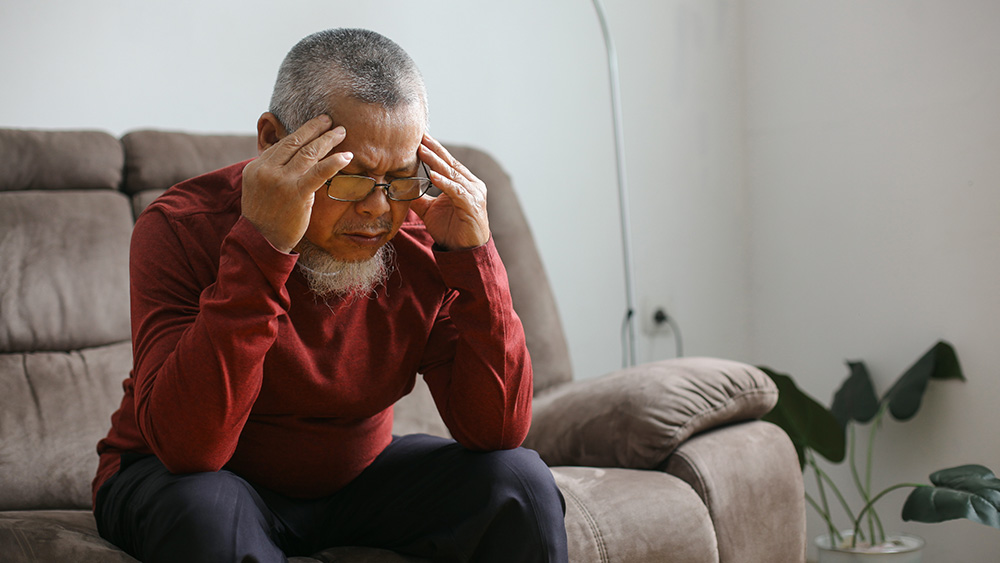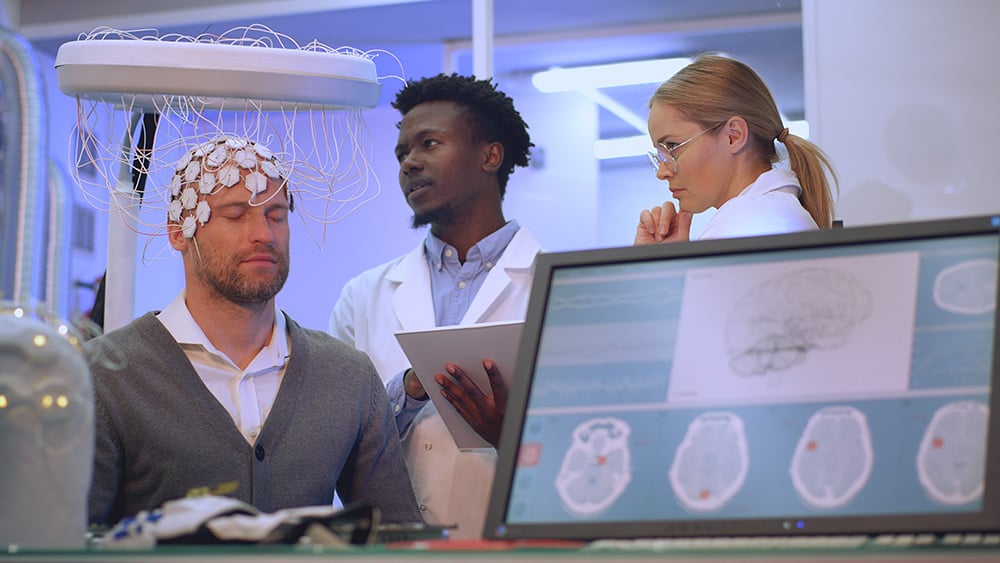Key Takeaways
- Strokes can happen to anyone, but you can reduce your risk of having one by changing habits and everyday life choices.
- Risk factors you can control include high cholesterol & blood pressure, diabetes, smoking, illegal drug use, heart disease, and sleep apnea.
- Age, gender, race, family history, and previous strokes or heart attacks raise your risk of having a stroke, but can’t be controlled.
Strokes can happen to anyone, at any age. But your chance of having a stroke increases if you have certain risk factors – some of which can be changed or managed.
Jonathan Donnelly, MBBS, is a vascular neurologist at our Neuroscience Institute – Greece Ridgeway location and explains the risk factors that you can change – and the ones you can’t change – and how to recognize the signs of a stroke so you can take action if it’s needed.
What you can control about your stroke risk factors
There are some habits and everyday life choices that can raise your risk of having a stroke, particularly poor diet and lack of exercise. This can lead to the development of chronic conditions that can affect your heart and the blood vessels in your brain, leading to a higher risk of stroke.
Some of these risk factors include:
- High blood pressure
- Cardiovascular disease, including heart failure, heart defects, heart valve infection, or irregular heart rhythm (such as atrial fibrillation)
- Vascular disease (i.e., plaque in blood vessels)
- Diabetes
- High cholesterol
- Tobacco use (cigarettes, vaping, etc.)
- Obesity
- Medications, especially hormone therapies and birth control pills
- Illegal drug use
- Sleep apnea
Many of these conditions, such as high blood pressure or high cholesterol, do not cause symptoms, so it’s important to get regular checkups with your primary care provider.
What you can’t control about your stroke risk factors
Unfortunately, there are some things that are outside of your ability to control when it comes to raising or lowering your risk of having a stroke.
Some of these include:
- Age: People of all ages, including children have strokes. However, the risk of stroke increases for people 55 and over.
- Gender: Men have a higher risk of stroke than women
- Race: The risk of stroke varies with race and ethnicity. African Americans and Hispanics are more likely to have strokes than Caucasians. The risk of stroke is also high among Native Americans and Alaskan Natives.
- Family history: Your stroke risk is greater if a parent, grandparent, sister, or brother has had a stroke.
- Prior stroke or heart attack: A person who has already had a stroke or heart attack is at a much higher risk of having a second stroke.
- Conditional affecting your body’s ability to form clots (general, autoimmune, or secondary to another disease)
Recognizing signs of a stroke
The signs of stroke include facial drooping, arm/leg weakness, speech difficulty, confusion, and balance issues. BEFAST is an acronym commonly used to identify the symptoms of a stroke. BEFAST stands for:
- Balance
- Eyes
- Face drooping
- Arm weakness
- Speech/language difficulty
- Time to call 911
“The more quickly you are able to get medical attention for someone who has suffered a stroke, the better their chances for positive interventions and an opportunity for recovery,” Dr. Donnelly said.










